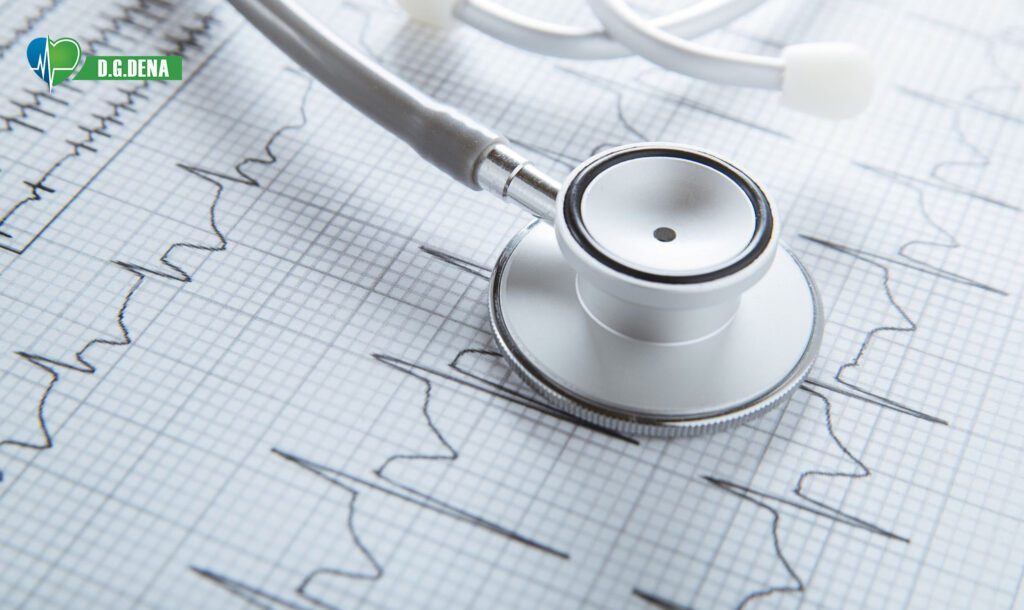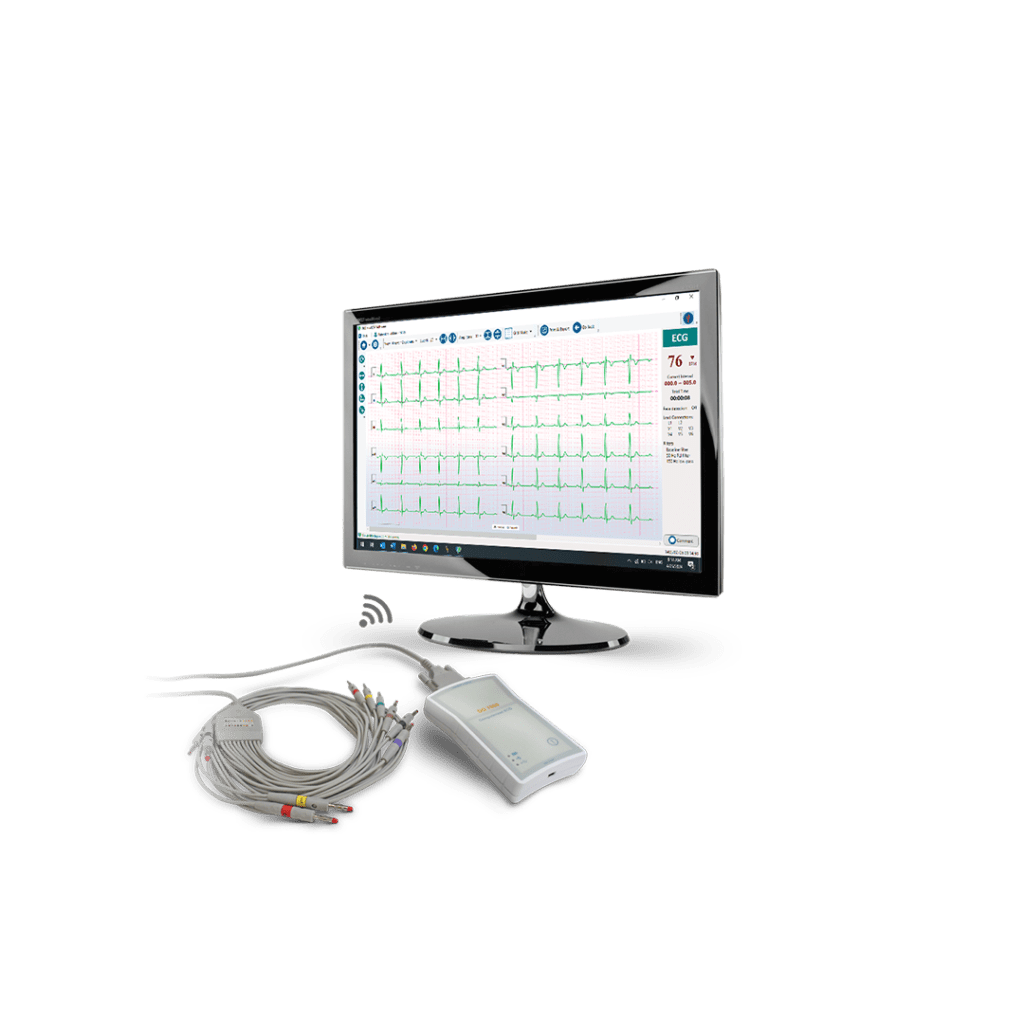An electrocardiogram (EKG or ECG) is a vital diagnostic tool used to evaluate heart function. Cardiologists rely on this test to diagnose a range of heart conditions. But why is this test important, and when should it be performed? Read on to learn how to prepare for an EKG and what to expect before and after the test.
What is an EKG Test?
An EKG test measures the electrical activity of the heart and is one of the most reliable methods for assessing heart health. The heart operates by generating electrical impulses that travel through specific pathways, causing the heart muscles to contract and pump blood throughout the body. Abnormalities in this electrical activity can indicate heart conditions, which can be detected by analyzing EKG results.
Preparation and Post-Test Guidelines for an EKG
Preparing for an EKG requires some simple steps. Avoid strenuous physical activity before the test, as it may affect the results. Managing stress in the days leading up to the test is also important for obtaining accurate readings.
If your EKG is scheduled after a meal, opt for a light meal to avoid interfering with the test results. Steamed vegetables or other light, healthy foods are good choices.
During the test, electrodes will be attached to your chest, wrists, and ankles. Men are advised to shave their chest to ensure proper electrode adhesion, which can lead to more accurate results.
It’s important to inform your doctor about any medications you are taking, as some can influence EKG readings. These include:
- Digoxin
- Amiodarone and other antiarrhythmics
- Psychiatric medications and antidepressants
- Hydroxychloroquine
- Some antibiotics and antihistamines
While there is generally no need to stop taking these medications, your doctor may need to monitor their effects.
Additionally, substances like narcotics, toxins, and certain foods or additives can also affect EKG results.
For hospital-based EKGs, ensure your chest is free from bandages or clothing, and inform the medical staff of any wounds or skin infections in the area. During the test, keep electronic devices like mobile phones away from your body, and remove any jewelry that could interfere with the electrodes.
After the test, no special precautions are needed. You can resume your normal activities immediately.

EKG risks and side effects
There is no risk associated with having multiple EKGs, even within the same day. This test is completely safe, including during pregnancy and breastfeeding. Contrary to some misconceptions, the EKG machine does not emit electrical signals into the body; it only records the heart’s natural electrical activity. Therefore, undergoing an EKG poses no harm.
Preparing for an EKG with the DG7000 Electrocardiograph
Ensure the skin is dry, hair-free, and oil-free before the test. Shave any hair that might interfere with electrode placement, and clean the area with an alcohol pad or tincture of benzoin to improve electrode adhesion. Reducing the skin’s electrical resistance with gentle strokes can also enhance the quality of the test.
DG7000 EKG device, a non-invasive diagnostic tool, records 12 heart leads. When interpreted correctly, an EKG can detect and monitor various heart conditions, from arrhythmias to coronary artery disease and electrolyte imbalances.
Conclusion
Electrocardiography is vital in diagnosing and managing heart disease. Regular EKGs are essential in detecting and monitoring heart conditions, from arrhythmias to coronary artery disease. By staying on top of your heart health with routine EKGs, you can take proactive steps to maintain your well-being.


